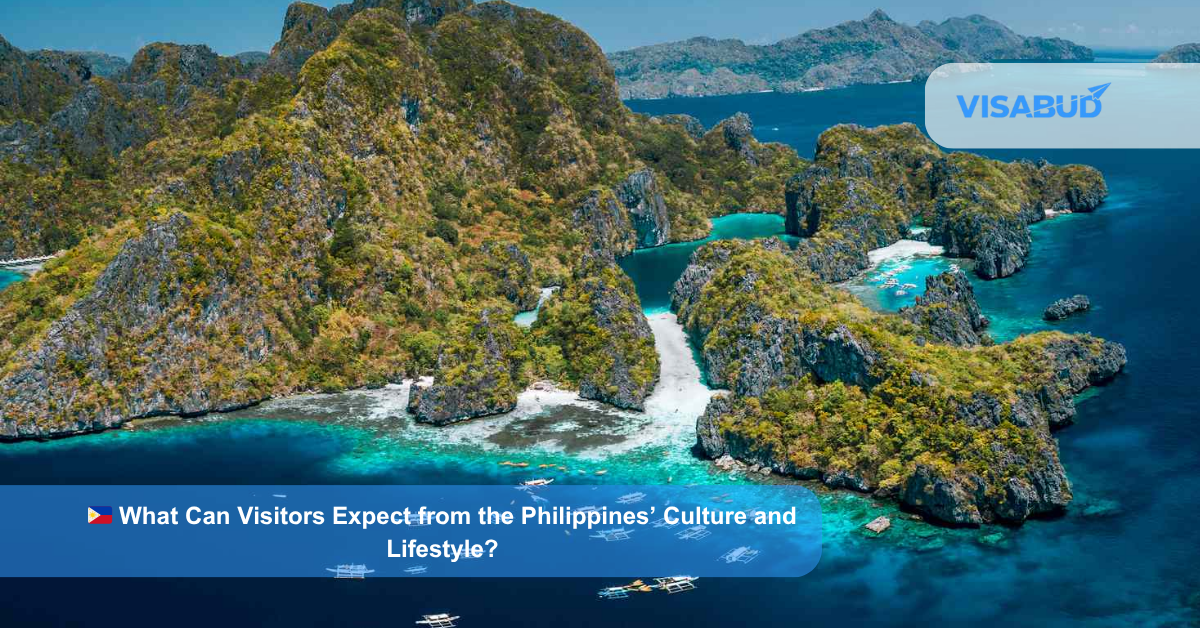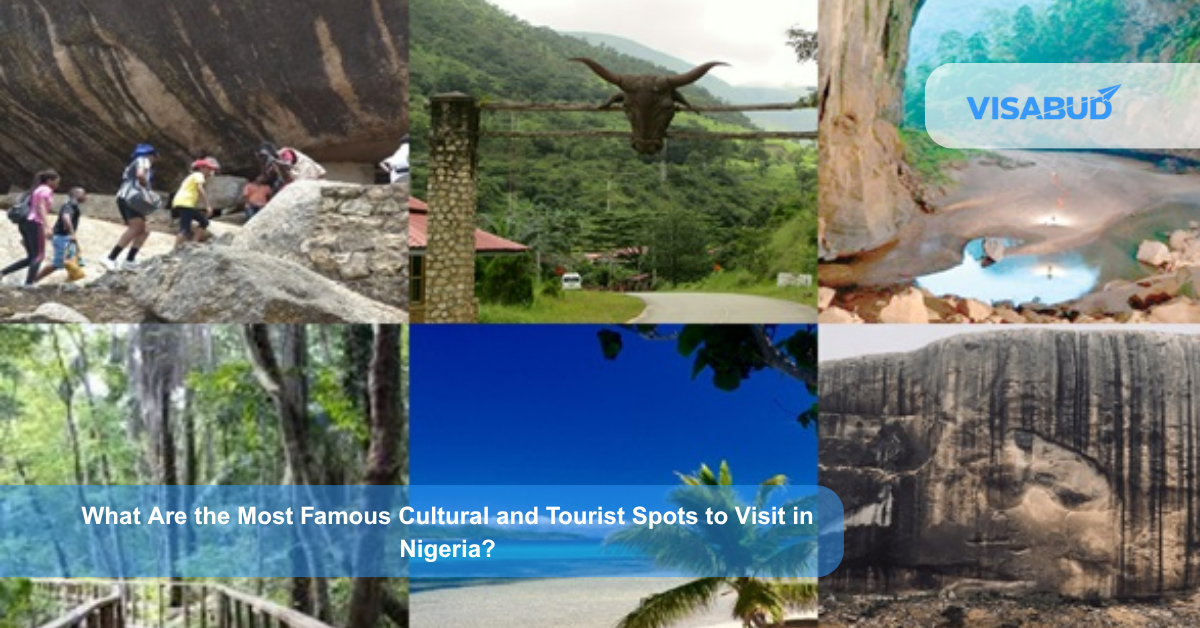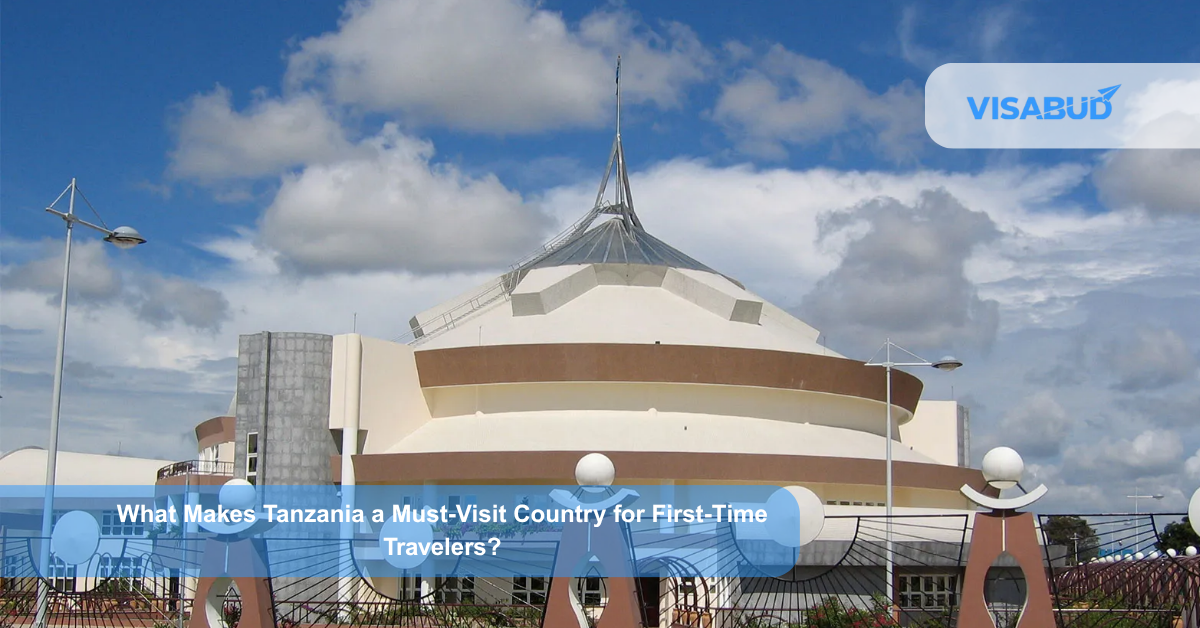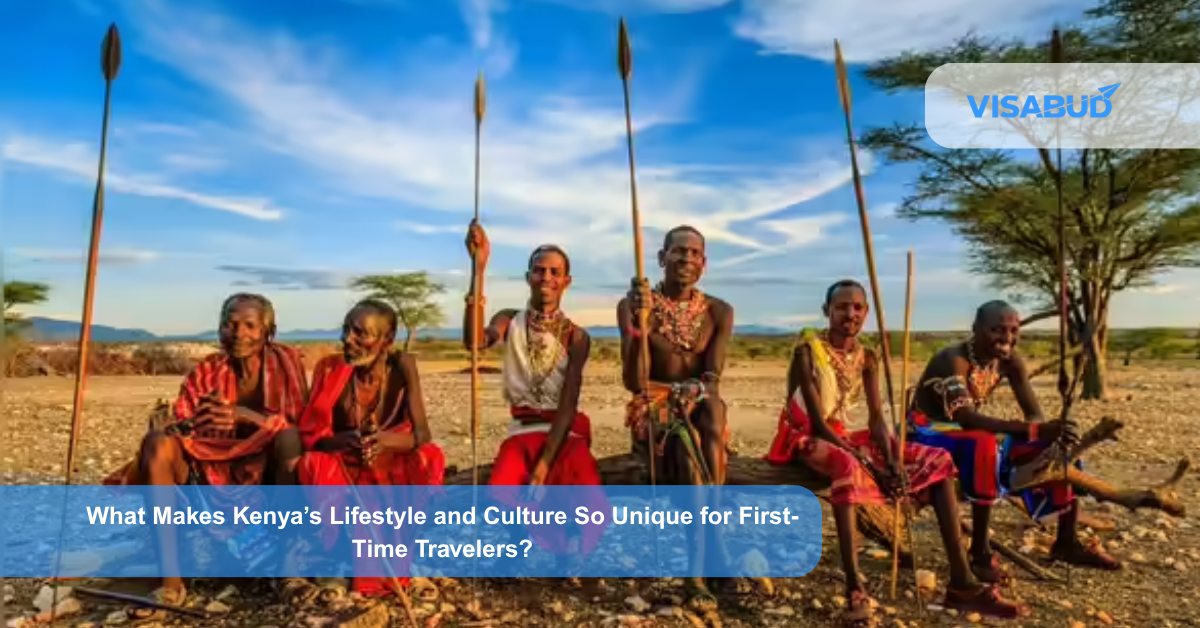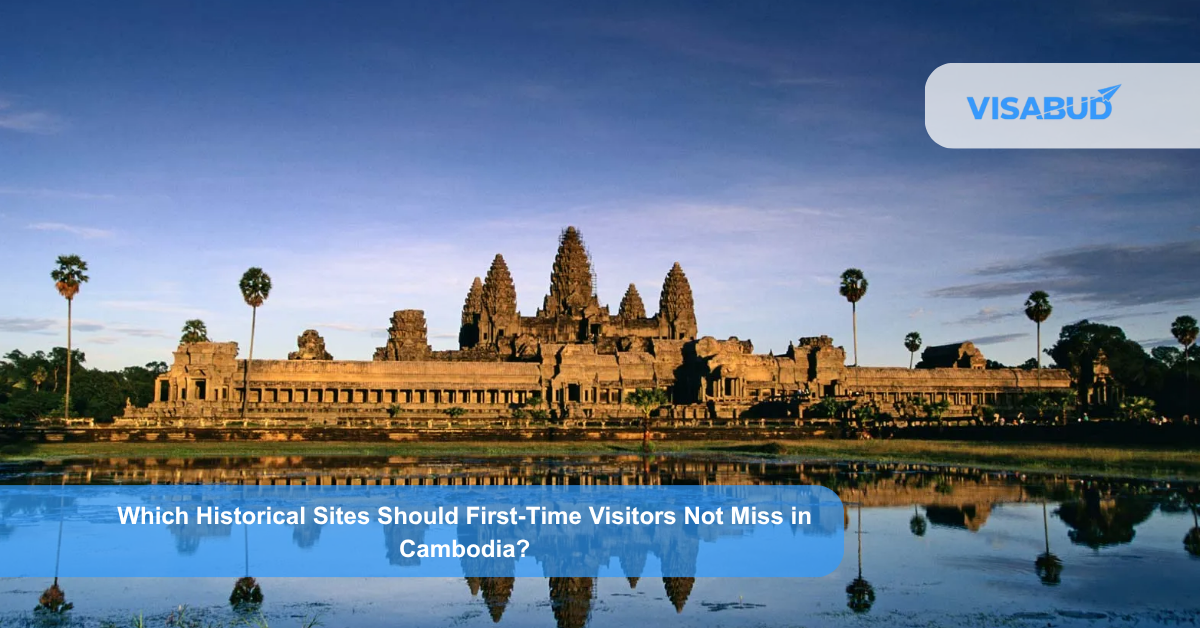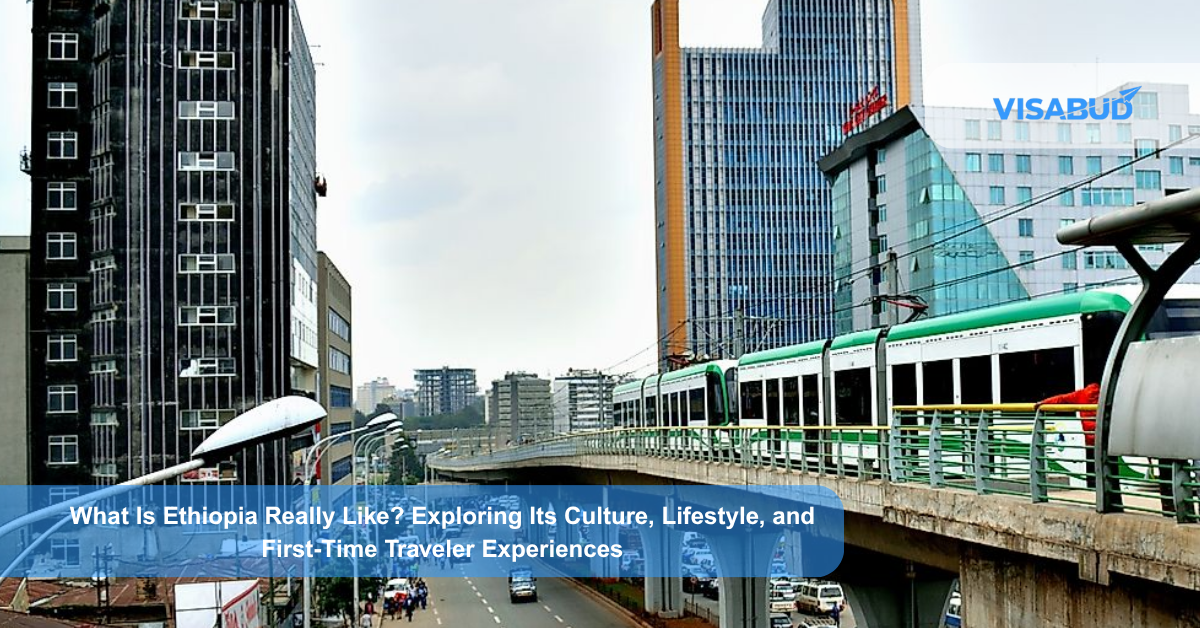When you think of the Philippines, you might imagine pristine beaches, tropical weather, and smiling faces everywhere. But beyond its natural beauty lies something even more fascinating: the rich culture and warm lifestyle of the Filipino people.
For anyone visiting for the first time, the Philippines offers a mix of Asian traditions, Spanish influence, and modern global culture, creating an experience that feels both familiar and new.
Let’s explore what you can expect when you dive into Filipino life and culture.
A Blend of East and West
The Philippines has a history shaped by different cultures from Malay roots to Spanish colonization and American influence. This has created a unique cultural fusion that’s reflected in the country’s food, religion, values, and daily lifestyle.
This mix gives visitors a colorful experience where old traditions meet modern ways of living.
The Spirit of Filipino Hospitality
One thing you’ll notice right away is that Filipinos are incredibly warm and welcoming.
They treat guests like family, often going out of their way to make you comfortable. Whether you’re visiting a rural village or a busy city, people will greet you with genuine smiles and open hearts.
What to expect:
Hospitality is a cornerstone of Filipino life; it’s not just an act of kindness, but a way of showing respect and goodwill.
Food That Feels Like Home
Filipino cuisine reflects the same cultural blend that defines the country. It’s flavorful, comforting, and full of variety.
Some must-try dishes include:
Food in the Philippines is often shared. It’s a communal experience that brings people together, whether it’s a small family dinner or a grand fiesta.
Strong Family Bonds
In Filipino culture, family comes first. It’s common to find large, close-knit families living together or staying connected even when apart.
Parents, grandparents, cousins everyone plays a role in supporting one another.
Visitors can expect:
Even as modern lifestyles change, family remains the heart of Filipino life.
Festivals Full of Color and Joy
If you love celebrations, you’ll feel right at home in the Philippines. The country has hundreds of local festivals (fiestas) held throughout the year, each bursting with color, music, and tradition.
Some of the most famous ones include:
Festivals are a window into Filipino joy full of music, dance, and endless smiles.
A Relaxed and Cheerful Lifestyle
Life in the Philippines moves at a slower, more relaxed pace especially outside the big cities. People value time with family and friends, and happiness often comes from simple things.
Daily life highlights:
Even in challenging times, Filipinos are known for their optimism and resilience. The phrase“Bahala na” (meaning “come what may”) reflects a mindset of hope and faith.
Arts, Music, and Creativity
Filipinos are naturally creative. You’ll see it in their crafts, dances, songs, and even in how they decorate their homes.
From traditional dances like Tinikling (bamboo dance) to modern pop music, the arts play a huge role in daily life.
Popular cultural expressions:
Creativity is celebrated, making every city or province a little different in flavor and flair.
Religion and Values
Around 80% of Filipinos are Roman Catholic, and religion deeply influences their values and celebrations. Churches serve as hubs for the community in addition to being places of worship.
Visitors will see religious statues, processions, and prayer gatherings that highlight the Filipino people’s faith and devotion.
Yet, what stands out most is how religion blends with daily joy. Faith is not solemn alone; it’s also celebrated through laughter, song, and shared meals.
A Modern Lifestyle with Traditional Roots
While cities like Manila, Cebu, and Davao are modern and tech-driven, many Filipinos still live in rural areas where traditions thrive.
This contrast gives travelers a balanced view:
Even in modern cities, the warmth and values of Filipino culture remain strong.
Why Visitors Fall in Love with the Philippines
People who visit often say it’s not just the beaches or the food that make them return, it’s the people.
The friendliness, humor, and generosity of Filipinos leave a deep impression. You won’t just visit the Philippines; you’ll feel like you’ve been adopted by it.
Frequently Asked Questions (FAQs)
1. What language do people speak in the Philippines?
Filipino and English are the official languages, but many regional dialects exist like Cebuano, Ilocano, and Waray.
2. Is it safe for tourists to travel in the Philippines?
Yes, most parts of the country are safe. Just stay aware and follow local advice like anywhere else.
3. What’s the best time to visit?
The dry season (November to May) is ideal for travel and island-hopping.
4. How do Filipinos usually greet visitors?
A warm smile and a friendly “Hello” or “Kumusta?” often followed by an offer of food or drink.
5. What are some Filipino customs visitors should respect?
Always show respect to elders, dress modestly in rural areas, and remove shoes before entering homes.
6. Can visitors experience local festivals?
Absolutely! Tourists are always welcome to join the fun and celebration.
7. Is tipping expected in restaurants?
It’s appreciated but not mandatory. A 5–10% tip is usually enough.
8. What makes Filipino culture unique?
Its ability to blend influences from the East and West while keeping its warmth and community spirit.
9. How do Filipinos celebrate special occasions?
With food, music, dancing, and lots of laughter, celebrations are big and joyful.
10. What’s one thing every visitor should experience?
A local fiesta or family gathering that’s where you’ll truly feel the heart of Filipino life.
Final Thoughts
The Philippines is more than a destination, it’s a feeling. It’s the laughter of children playing outside, the smell of adobo in the kitchen, and the warmth of strangers who treat you like family.
For visitors, the culture and lifestyle here offer not just sights to see but connections to make and memories to keep.
When you visit, you’ll discover that the real treasure of the Philippines isn’t its islands, it’s its people.
Curious about the best experiences in the Philippines? Contact us to know more!
